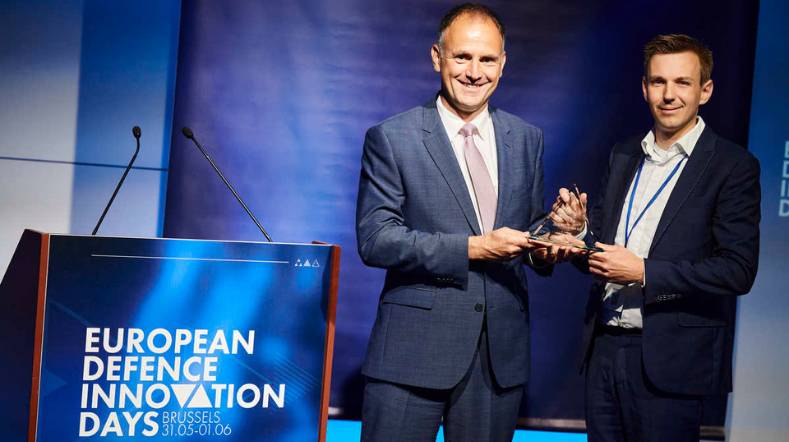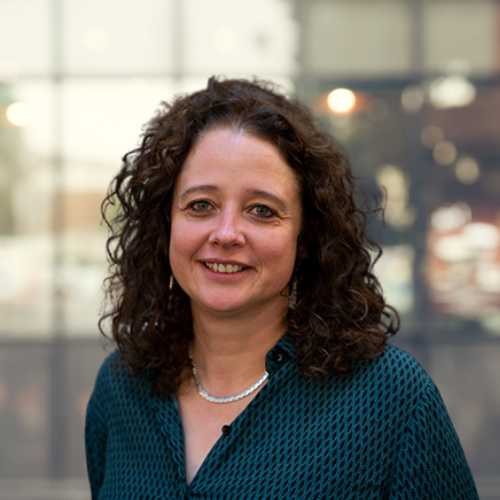
Low frequency active sonar
We have more than 30 years of practical experience with low-frequency active sonar (LFAS). This system provides protection against submarines (Anti-Submarine Warfare). Discover what we are doing for the Ministry of Defence in the Netherlands in the field of LFAS.
Initial research into an experimental ALF system
We believe that sonar research can only be successful through intensive experimentation at sea. Therefore, we conduct annual experiments at sea, working closely with the Dutch Defence Materiel Organisation.
We are initiating research into the experimental ALF system in 1990, in collaboration with Thales Underwater Systems for the Ministry of Defence in the Netherlands.
Testing with a new type of LFAS system
From 2000 onwards, we are developing and testing new concepts and algorithms at sea with the successor to the ALF system. This semi-operational Interim Removable LFAS system consists of the Socrates Sonar Source, which we develop, and a towed array from the industry. This system is also used by the Royal Netherlands Navy on board operational platforms to gain operational experience.
This research program leads the Royal Netherlands Navy to procure an operational LFAS (Multistatic Active Passive System) from Ultra Electronics Maritime Systems, with signal processing software LFAPSPRO supplied by TNO. This has been operational since 2014.
Torpedo Defense
Based on the development of LFAS, we are currently working on the next challenge, torpedo defense using passive and active sonar.
Leaflet on Anechoic Basin
Find out how to take underwater measurements in our anechoic basin
Get inspired
EMBRAPII and TNO signed a Memorandum of Understanding (MoU)
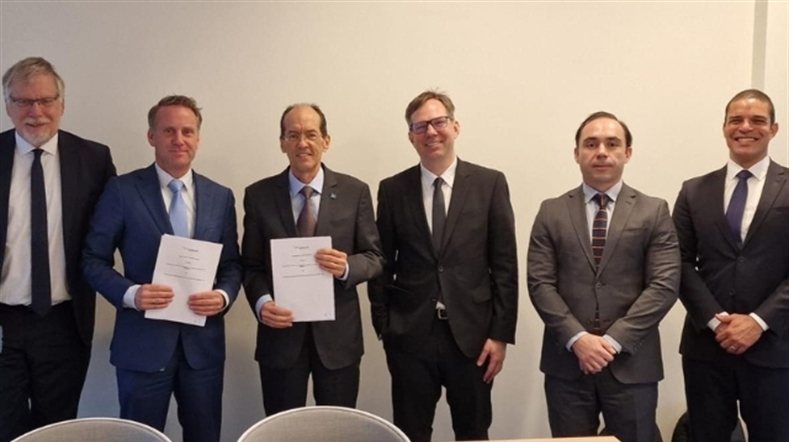

AIVD, CWI, and TNO publish renewed handbook for quantum-safe cryptography
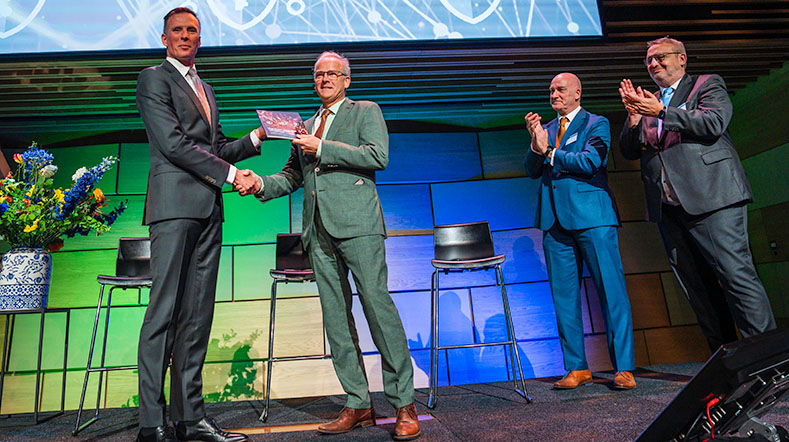

TNO develops detection system to protect cables and pipelines on seabed
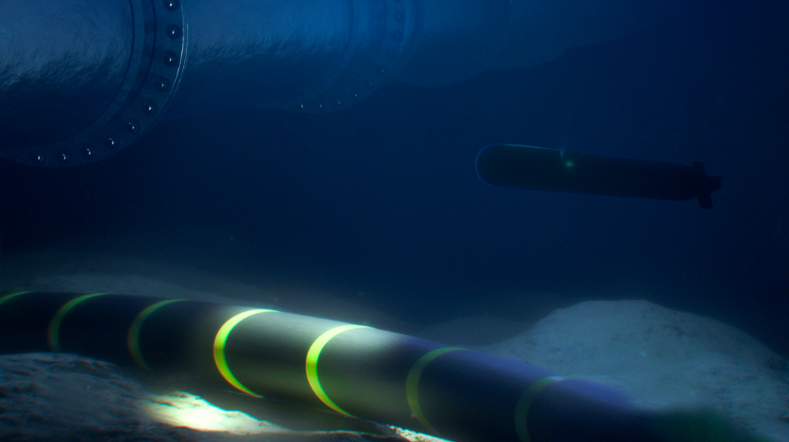

Autonomous detection and moving of containers optimises the European Short Sea Supply Chain
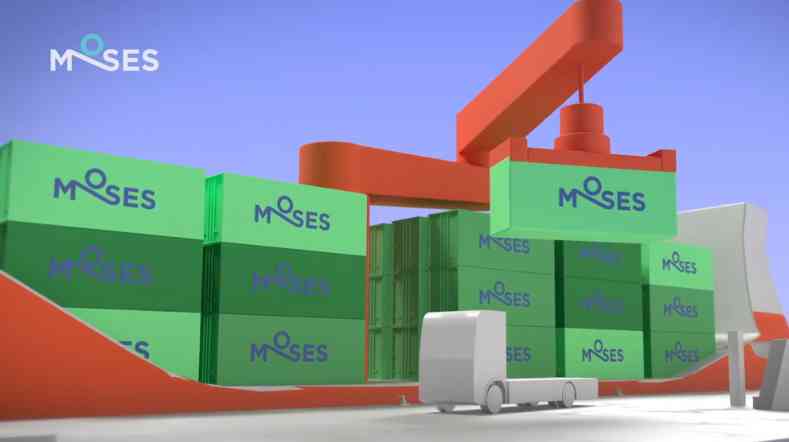

Earlier detection of hypersonic missiles with TNO technology means more time for interception
